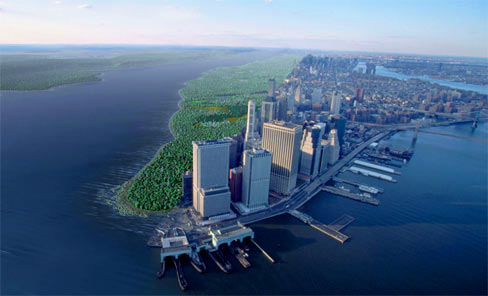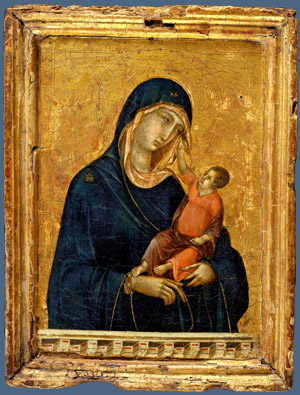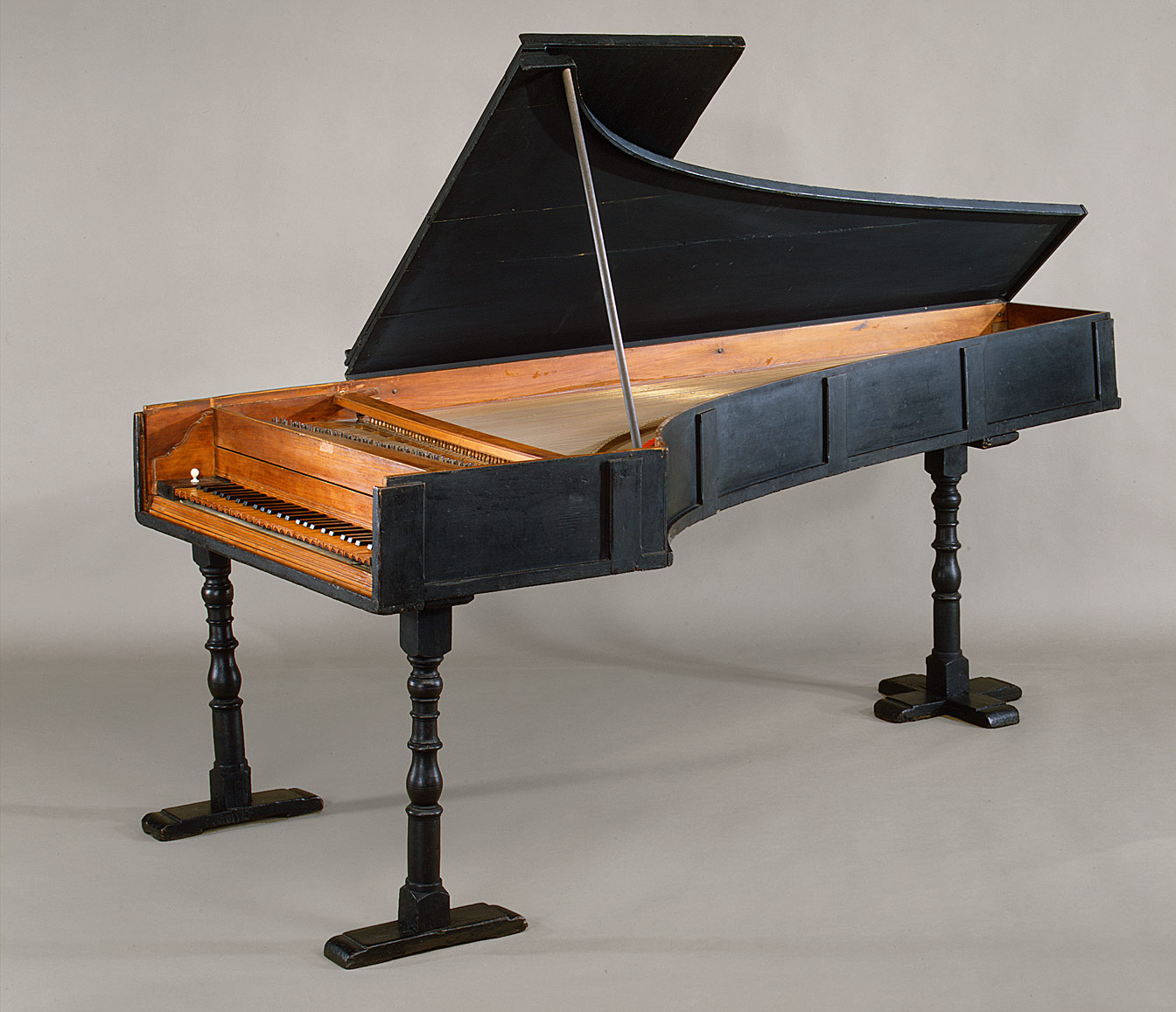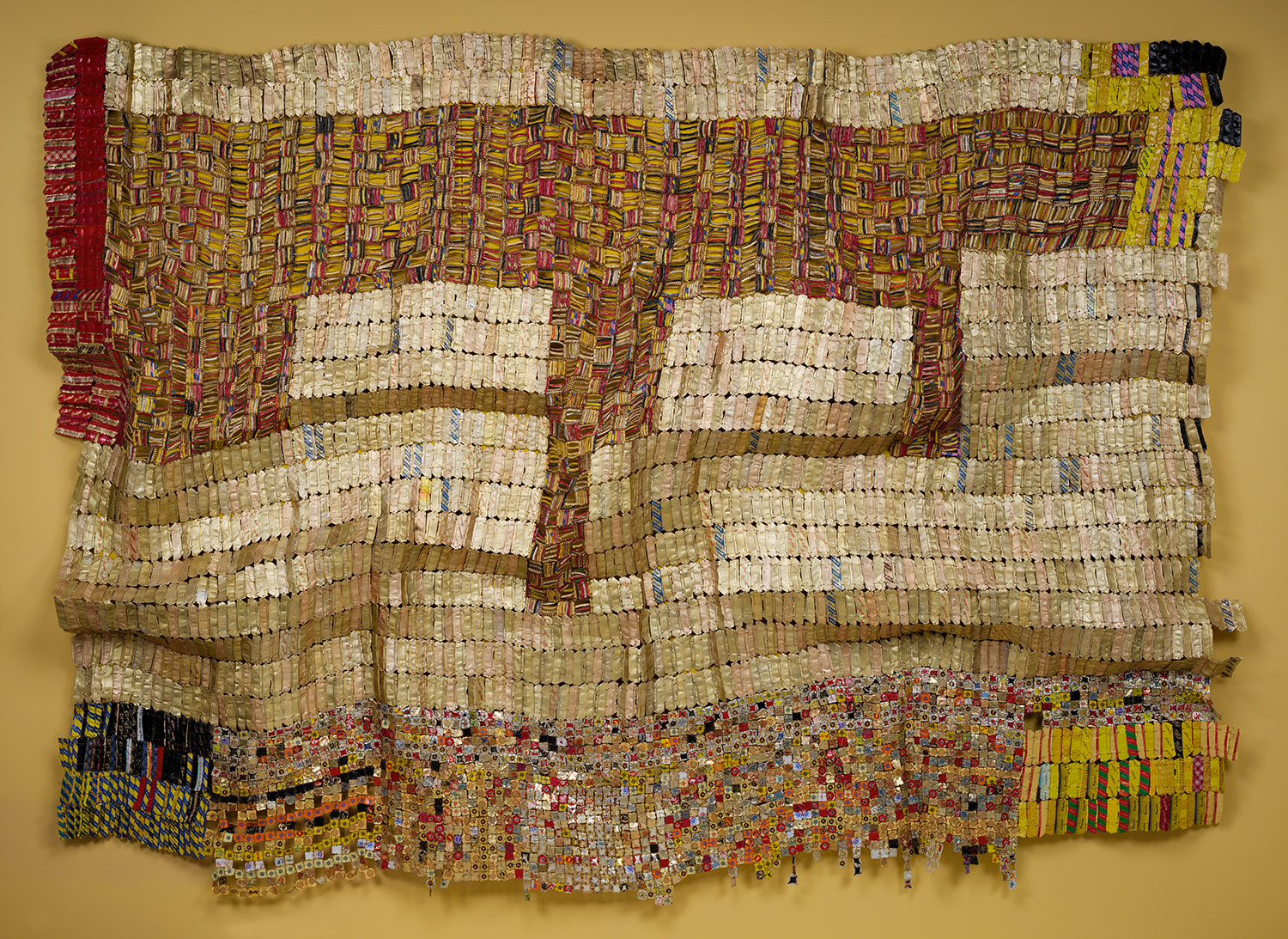The NYC Landmarks Law turns 50 this week. And this is the story of just one building it saved.
John Jacob Astor III and his wife Charlotte founded The New York City Cancer Hospital in 1884 in a fortress of a building at Central Park West and 106th Street, largely in response to former President Ulysses S. Grant's inoperable throat cancer. It is important to remember how much the entire nation loved Grant for his efforts to bring the North and South together again.
Cancer was thought of as a dirty disease, a disease of bad hygiene and poverty. It ruined people's lives with humiliation, let alone the deadly consequences. Grant's illness brought national attention to cancer.
This building's sumptuous design owed as much to the French gothic as it did to turn of the century advances in hospital care: round rooms to provide cleanliness and ample head space between beds and massive central ventilation shafts to clear the air of germs.
Nathaniel Hawthorne's daughter Rose practiced nursing here.
Because cancer continued to be so deadly, however, the hospital was stigmatized by New Yorkers and even nicknamed The Bastille. It deteriorated from lack of funds. In 1955, it closed its doors as a hospital and moved its services across town to become the new Memorial Sloane-Kettering hospital for Cancer Research.
It suffered a few poor incarnations, abandoned at certain times, jerry-rigged as a nursing home at others, and falling apart as NYC did in the 70s. But fortunately, it was granted landmark status in 1976.
Many developers tried to use the building, but most certainly it would have been torn down if not for this protection. Finally in 2000, it was purchased and developed into condominiums.
After a massive restoration and repurposing which included adding a residential tower behind the original building, today the round rooms are exquisite apartments fetching upwards of seven million dollars a pop.
I'll never get near one of those apartments, but thanks to this law, I get to pass this building several times a week, and I always point out its captured glory to captive and captivated visitors.


































